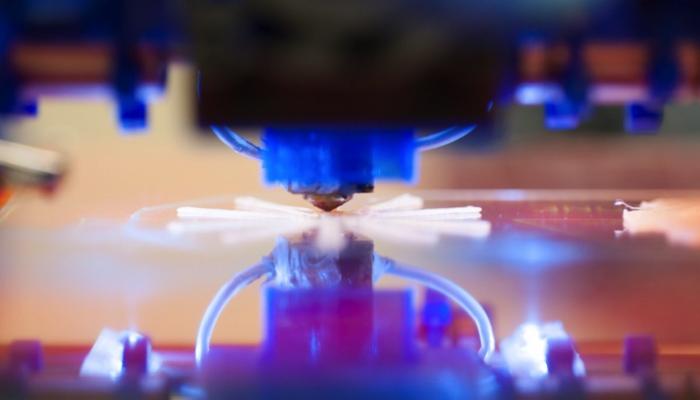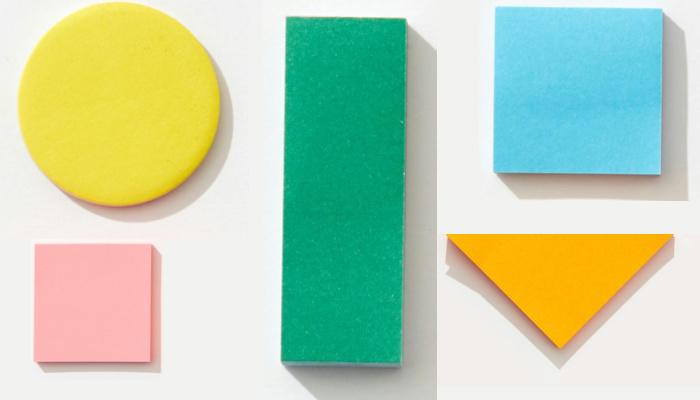3D Printing for Visual Impairments

By Pankul Jain (Founder of Botshape)
As more and more companies are entering in the field of 3D printing, the applications of this new technology are also increasing. Through 3D printing anyone can make physical objects from a digital file. 3D printing offers infinite possibilities not only in the manufacturing sector, but also in medicine and education.
3D printing is not only limited to prototyping or to make fun objects, this technology is also showing promising results for blind and visually impaired people, especially in the field of education for visually impaired students.
Think about this: Even if you have a textbook printed in braille, what happens to the photos? Often, without an accompanying image it becomes difficult for visually impaired studetns to understand the underlying principle. For example, the structure of an atom or the reflection of light rays when they fall on a mirror is better explained in diagrams. 3D printing technology can be used to solve this problem. A 2D photo can be converted to a 3D photo which can be 3D printed into a tactile graphic so that the students can touch the physical object to understand what the picture depicts.

Figure: A regular 2D image converted to 3D object
Similarly, the same thing can be applied to children’s story books. A child with visual impairment may not be able to see the illustrations in their favorite picture books and thus it can become difficult for the child to visualize the story. Thanks to 3D printing, now they can touch the 3D printed tactile graphics to understand and even play with their favorite cartoon characters.
But 3D printing is for more than just tactile images. An Indian based company, Fittle, is making puzzles for blind children with the alphabet written on each piece in braille. Kids can assemble the pieces together and can touch the shape and also learn the word.

This is their famous Fittle fish. The entire puzzle is in four pieces with F-I-S-H written on each piece in braille. All their puzzles are open-source and can be downloaded from Thingiverse.
The benefits of 3D printing for visually impaired people are increasing. Recently in Brazil, doctors have used 3D printing to allow a blind mother to see her unborn child by creating a 3D model of the baby’s face from ultrasound, which otherwise would not have been possible.
We, at Botshape, are trying to make 3D printing accessible to all. Whether you need a 3D print of photos from text books or some customized products, all you need to do is to send us a photo or design of the required object and we will 3D print it for you. For more information about our services, please visit www.botshape.com or write to us at info@botshape.com.
Want to know more about 3D printing? Watch the video below!
Related Posts

Visual Impairment
The Gift of Understanding: How a Young Child Helps His Blind Father Navigate Life
When a parent is blind, it’s natural for people to wonder how their sighted child will adapt. Will they struggle to understand their parent’s needs? Will they feel burdened by...

Braille and Literacy, Toys, Visual Impairment
24 Braille Toys for Kids Who are Blind
Everything from alphabet blocks to raised line coloring pages and activity books to puzzles to card and board games... and so much more! And it's all in braille ready for...

Tactile Arts and Crafts, Visual Impairment
Using Origami to Teach Blind and Low-Vision Students Basic Shapes
If, like me, you have wondered why it is important for young students to learn about shapes, here are just a few reasons. Teaching shapes in early education provides children...